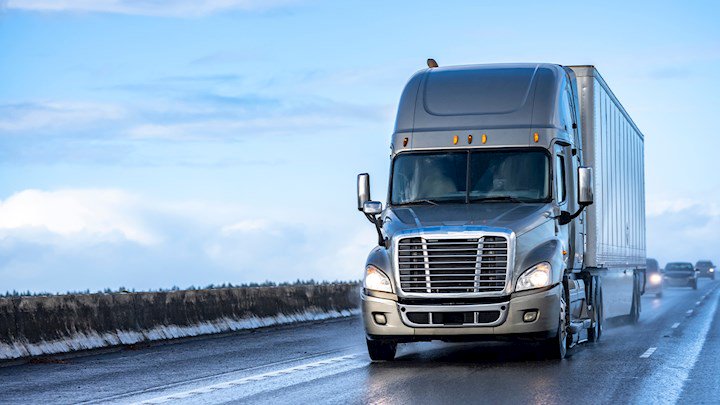Fleet coverage is an essential insurance component for any company that uses a significant number of commercial vehicles. Fleet coverage — which usually covers liability and physical damage — isn't limited to what you might think of as commercial vehicles. It also applies to vehicles used for commercial purposes. Approximately 8.1 million automobiles and other vehicles are classified as fleet vehicles that belong to a fleet of five or more vehicles, according to Global Fleet.* Fleets make up roughly 3% of the total vehicles in the US.
Many companies aren't aware that they might qualify for lower fleet insurance rates. Companies with a handful of sedans in their fleet can absolutely benefit from fleet insurance.
How many vehicles constitute a fleet is up to the insurance company offering the policy. Most companies break it down into small fleets and large fleets, with a minimum vehicle cap for each group. Insurance companies vary in the minimum vehicle numbers for small and large fleet policies, so have your clients check on the minimums for the companies they're looking at.
The Advantages of Fleet Coverage
Fleet coverage can be a better option for clients than individual commercial insurance for each vehicle, for both simplicity and cost.
Simplicity/Ease of Use
The simplicity of fleet insurance can't be overstated. Most clients working in the commercial transportation industry have more to worry about than vehicle insurance policies that they place on their vehicles. The simplicity of a single fleet insurance policy is easily one of its biggest selling points.
Using a single policy to manage all of a company's vehicles makes it easier to add or subtract vehicles without having to go through the entire process over again. It's also easier to balance or make small adjustments to the policy. What's more, fleet insurance policies usually have only one payment date to keep track of.
Flexibility and Cost
Plenty of companies use a steadily changing roster of drivers, some of whom may be new. Private insurance technically requires the policyholder to add each of the drivers to the list of people likely to be allowed to operate the vehicle, which can be a time-consuming process. Fleet insurance allows the policyholder to sign off on a wide range of people driving all of the vehicles in the fleet, instead of separately authorizing each individual.
The cost of fleet insurance is also a selling point. By bundling all the vehicles into one policy, the insurance company can offer lower overall rates to its customers. Bundling insurance can ensure the insurance company continues to operate in the black, even if the customer has a few accidents along the way.
Fleet Coverage Minimums
Fleet coverage has almost no lower limit. A big part of it depends on the insurance company your client is working with. While most insurance companies will implement fleet coverage with clients with as few as three commercial vehicles, some smaller companies sell fleet coverage policies for as few as two commercial vehicles.
New Developments in Fleet Insurance
Not all fleet insurance policies work the same way. Usage-based insurance (UBI) is a more involved type of coverage that tracks companies' drivers and records their time behind the wheel and driving habits. This type of coverage can either be very useful to your client's company or not work for them at all.
The key with UBI is the way your drivers operate your vehicles. While safety in operation should be important for all commercial transportation companies, not all drivers follow instructions and regulations. If you choose to start out with UBI and then find out that your drivers are driving in unsafe ways, you'll have to pay more or retrain or replace the unsafe drivers.
UBI might work best for larger companies with the resources to strictly monitor their drivers' habits before they move to this type of policy. If your client feels strongly that they already have a strong system in place to keep their drivers' bad habits in line, UBI could be a great choice to save the company some money.
Fleet dash cameras can also be relatively inexpensive way to increase safety and keep clients' premiums down. A simple camera can quickly solve insurance issues that might take months to get through without them.
Fleet insurance is an extremely valuable tool you can use to keep your clients' costs down. It can start with as few as two vehicles and cover many more. When speaking to clients about their company's insurance needs, it's always a good idea to make sure they've considered fleet insurance policies.
Sources
*"United States of America," Global Fleet, last updated 20 Apr 2023.




